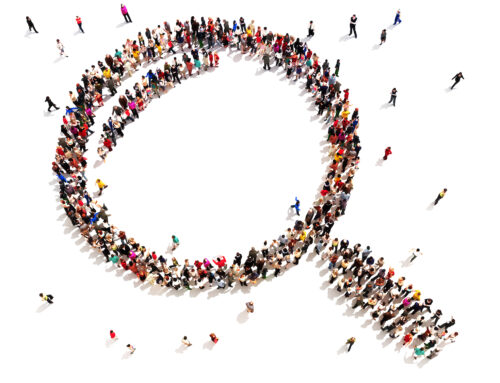 Every nonprofit needs donors to survive.
Every nonprofit needs donors to survive.
Every day, we hear from organizations everywhere about how difficult it is to get and keep donors.
We hear about how your organization is so unique and the best-kept secret in town or how your community is rural and aren’t any big businesses nearby.
Maybe your Board doesn’t know anyone or isn’t comfortable raising money. Or that there is one or more other big nonprofits in your community who everyone loves more….and the list goes on and one.
If you really want to raise money…big money…for your organization, the first thing you have to do is to stop with the excuses.
My dad used to say, “If you’re good at excuses, you don’t have to be good at anything else.”
The second thing you have to realize is, “it ain’t about you.”
Raising money is all about the donor.
Let’s be really honest, every organization has challenges.
However, for every organization who says, “I can’t raise money because…(fill in your excuse),” I can tell you about one in the same situation who is raising money.
So what’s the difference? The answer is relationships.
5 ways to build donor-centered relationships
Here are 5 important ways you can build donor-centered relationships to boost your fundraising efforts:
1. Meet face-to-face with your major donors and major donor prospects at least 3-4 times a year. Get out from behind your computer and go meet with your donors. Remember that people give to people. Identify your top 10 donors from the last 12-18 months and the top 10 regular or monthly donors who might have future major gift potential. Focus on getting to know them better this year. That’s 20 people or about six visits each month. That’s very do-able.
2. Communicate with your major donors and major donor prospects on a regular basis in between the face-to-face visits. Sending them letters, emails, or newsletters doesn’t count toward relationship-building activities. Relationship building activities are things that deepen their connection and interest in your organization. Consider inviting them to participate or observe one of your program activities (as appropriate), calling to share a great success story from your programs, or asking for their advice about some aspect of your fundraising (an upcoming event or grant application).
3. Relationships are about more than money. Get to know the donor as an individual, not an ATM machine. How long have they been involved with your organization? How and why did they get involved? What is their passion about your organization? What do they think is the most important thing your organization does? How do they see your importance to the local community? What would they like to see happen next?
4. Keep up with what’s going on in the donor’s life and what their interests are. Get to know them as you would any friend. Ask about their family, job, and hobbies. You might find other ways for them to connect to your organization. Other relationship-building activities are sending cards and notes to acknowledge life events (i.e., sickness, birthdays, anniversaries, family loss, new job or promotion, child’s graduation or marriage, adopting/losing a beloved pet), sending newspaper clippings where they or their family are mentioned or sharing an article related to some special interest they have (i.e., travel or scuba diving).
5. Show your gratitude to them for their commitment and investment in your organization. It has been said you need to thank a donor for their gift at least seven times. Sending them an acknowledgement letter counts as one. When a major donor makes a gift to your organization, pick up the phone and call them to also say thank you (that’s two). With their permission, list their gift on your web page and in your newsletter (that’s three and four). In addition to the acknowledgement letter, send them a personal handwritten note from you and at least one more person, maybe the Executive Director, Board member, Program Director, or a program participant who was impacted by their gift (that’s five and six). For the seventh thank you, it might be giving them a small token gift with your organizational name and logo, a follow-up call to tell them about the impact of their gift, or it could be done face-to-face at your next meeting. These are just suggestions and you can get creative. The point is to show them how important they are to your organization…not their money.
Making relationship building a priority in your fundraising efforts will not only strengthen bonds with your donors, but will help your raise more money, year after year.






[…] Five ways to build donor-centered relationships Every nonprofit needs donors to survive, but we hear from organizations around the country about how difficult it is to get and retain donors. We hear about how your organization is so unique and the best-kept secret in town or how your community is rural and aren’t any big businesses nearby. @SandyRees […]
[…] Five ways to build donor-centered relationships […]